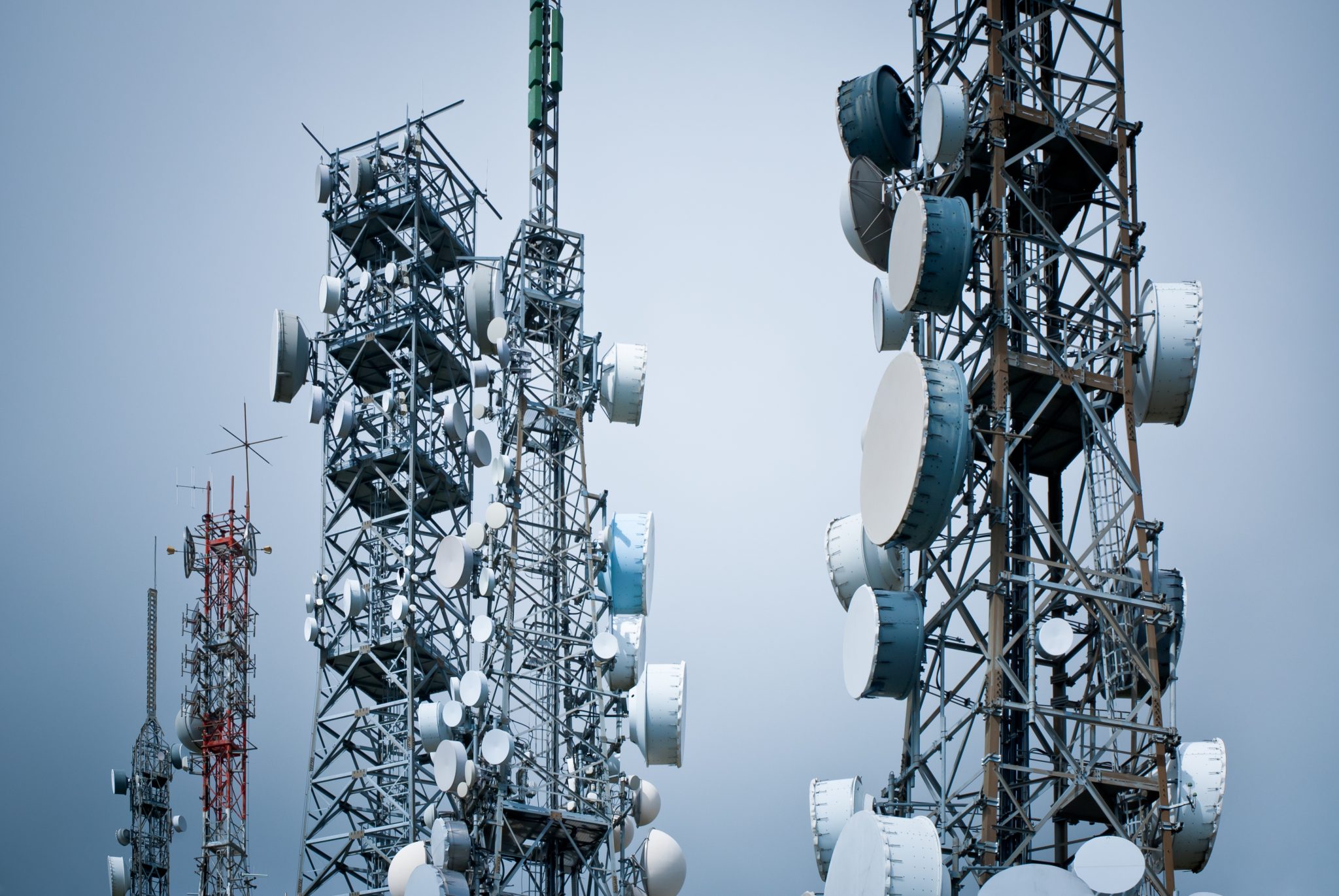If you've ever wandered through a city and spotted tiny cell towers for 5G on the poles of street lights. They appear like tiny boxes however, they're actually transmitting wireless signals from cell phone providers to your phone.
These smaller towers are replacing the larger built cell towers. While they're less noticeable, they still can create issues for users.
A of the FCC's Radiation Exposure Thresholds
The FCC's Radiation Exposure Thresholds establish the maximum amount of time an individual can be exposed to electromagnetic energy generated by wireless devices. The limits for exposure are based on research which prove that electromagnetic energy could be harmful to human health.
The rate of absorption called the specific absorption rate (SAR) is an indication of the amount of radiofrequency energy that is taken up by tissues. It is typically 1.6 milliwatts per kilogram calculated over one gram of tissue.
But, since 5g operates at higher frequencies, it has the potential to create more energy on the skin as well as other body parts. This could lead to many potential harms, including exacerbated the development of skin conditions such as dermatitis, skin cancer and cataracts.
Because of the potentially harmful effects of radiation from 5G, PSU has chosen to set a general localized limits on power density, which is 4mW/cm2 based on the average over 1 cm2, and not exceeding 30 minutes for all 5G services running at 3000 GHz. This localized limit is in accordance with the peak SAR that is spatially averaged at 1.6 W/kg, averaged over one 5 grams of body tissue, at 6 GHz.
The FCC's Maximum Exposure Thresholds
Have you ever used a cell phone, you probably know that a safe range from the tower is at least 400 meters. This is due to the power of the transmission of the cell tower is significantly increased the further away the tower is.
While this sounds like a good idea but the truth is that people who live close to towers may actually be more prone to health issues. For safe distance from cell tower , a study conducted in 2014 in India found that those living within 50 meters of cell towers had significant more health issues than those who were far from antennas.
This study revealed that those who relocated into areas farther away from cell towers noticed their symptoms return to normal within a couple of days. Another study has shown that exposure to high amounts of electromagnetic field radiofrequency (EMFs) can cause brain tumors, cancers and other health issues.
This is due to the fact that radiofrequency radiation, used in wireless communication can penetrate the human body's outer layer, which is the skin. It is crucial to know since the skin functions as a protective barrier against injury to the body, infection caused by pathogenic microorganisms and infiltration of toxic substances. The skin is the biggest organ in the human body, and is responsible for keeping the integrity of other organs.
The FCC's Minimum Exposure Thresholds for the Minimum Exposure
The FCC's Minimum Exposure Thresholds are based on many assumptions that aren't supported by scientific evidence. They include the incorrect belief that exposures to RF radiation are safe due to minimal radiation penetration in the human body (i.e. the heating of tissues).

This also overlooks the greater penetration of ELF components of modulated RF signals and the effects on the body of short bursts from pulsed RF waves. These theories are not compatible with the current understanding of biological effects of RF radiation. As such they shouldn't be considered for health protection exposure guidelines.
Additionally there is the fact that both ICNIRP and FCC are limiting its maximum levels of radiation exposure for local peak SARs based on the peak speed of spatial absorption (psSAR), which can be described as not a reliable dosimetric instrument to assess the amount of radiation exposure. In particular, psSAR is inaccurate for frequencies that exceed 6 GHz. Furthermore, psSAR has not been evaluated for RF radiation exposed to other environmental agents , such as sunlight. In the event of interactions, RF radiation with other environmental agents could result in antagonistic or synergistic effects. safe distance to live from cell phone tower could result in an increased risk of adverse health effects. For example, co-exposure to RF radiation with sunlight may raise the chance of developing skin cancer and exacerbate other skin disorders, such as acne.
